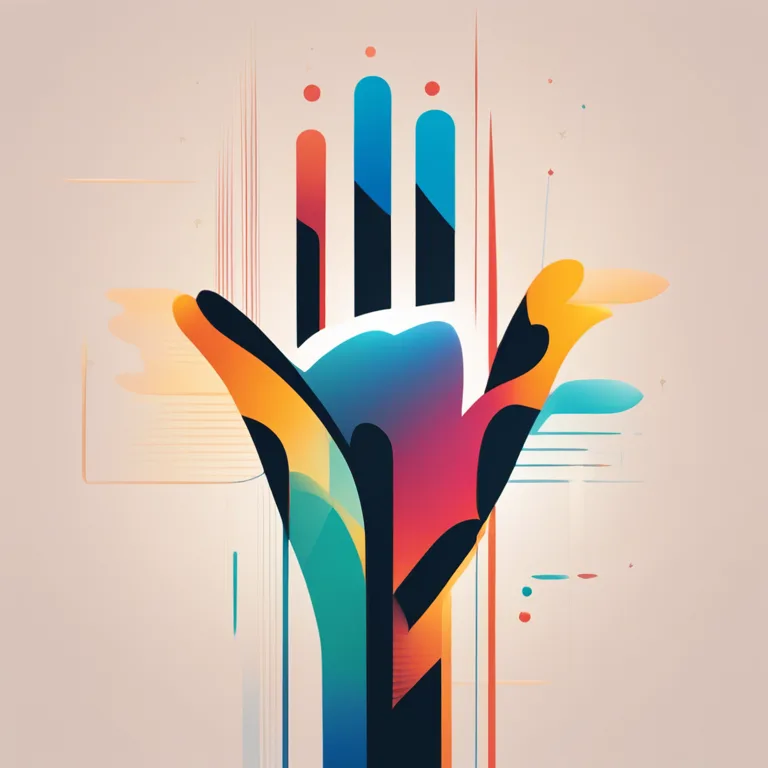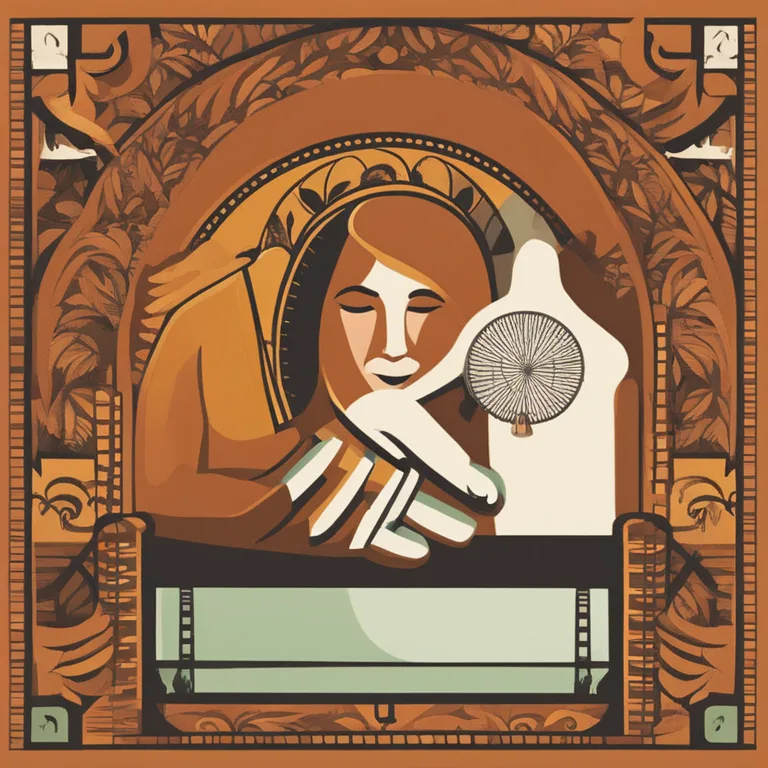
Can Palmistry Predict Lifespan?
Delve into the intriguing world of palm reading to discover if one's life expectancy can be discerned from the lines on their hands.
article by Nora Pennington
Palmistry: An Ancient Practice
Palmistry, or chiromancy, has been a subject of human curiosity for millennia, steeped in the mystical traditions of several cultures across the world. It is the art of analyzing the physical features of the hands—especially the palm lines, mounts, and finger shapes—to interpret personality traits and foretell future events. Through the ages, palmistry has evolved and has been embraced by different societies as a tool for guidance rather than a deterministic science. In 2024, the practice continues to embellish the tapestry of alternative methods of self-understanding and future speculation.

The Heart Line and Life Expectancy
One of the key lines examined in palmistry is the heart line, which some claim reflects the individual's emotional stability, health, and cardiovascular well-being. This line stretches across the top of the palm but its implications on life expectancy remain a topic of debate. Some palmists argue that a clear, unbroken heart line suggests a life free from emotional turmoil and related health complications, which could correlate to a longer lifespan. Yet, to assert this line can predict the exact number of years one might live is a contentious and potentially misleading statement that modern palmistry tends to avoid.

The Lifeline's Misconceptions
The lifeline, starting near the thumb and encircling the Venus mount, has often been misunderstood as a predictor of lifespan length. This is a fallacy that contemporary palmists strive to rectify. While the lifeline may give insights into an individual's vitality, energy levels, and major life changes, there is no scientific evidence to underpin its use as a reliable gauge of how long someone will live. Instead, it may serve better as an indicator of quality of life rather than the quantity of years.

Scientific Scrutiny and Palmistry
As of 2024, the practice of predicting life expectancy through palm reading remains highly speculative. The scientific community has not endorsed palmistry due to the lack of empirical evidence supporting its claims. Contemporary palmistry, understood as more of a reflective practice, does not focus on determining fixed futures but suggests possibilities that may be influenced by an individual's decisions and lifestyle. Therefore, while palm reading may offer intriguing insights, it should not be viewed as a scientific tool for longevity predictions.

Reading Beyond The Lines
Forward-looking palmists position palm reading as a conversation starter about health and wellbeing. By examining the lines on one's palm, practitioners may encourage clients to reflect on their health habits and psychological well-being. For example, certain markings or textures might initiate discussions on stress management or healthy lifestyles. The benefit of palmistry in the context of life expectancy is not found in its predictive capability but in its capacity to promote awareness and mindful living.
Responsible Palmistry Practice
For the modern practitioner and client, responsible engagement with palmistry means acknowledging its limitations and potentials. It provides a fascinating journey through personal narratives as inscribed on one's palms, yet it remains crucial to approach these readings with a sense of curiosity rather than conclusive finality. While life expectancy hinges on a complex interplay of genetics, lifestyle choices, and environmental factors, palm reading offers a unique lens to examine one's path, albeit metaphorically rather than literally.
Published: 1/5/2024
Modified: 1/5/2024
More predictions
Come back here soon to learn more about yourself and your future


The Essence of Palmistry: A Guide to Hand Analysis
Delve into the world of palmistry, the ancient practice of interpreting palms to reveal personal insights and future paths.


The Dynamic Nature of Palm Lines Explored
Discover why palm lines can change over time, delving into the science behind these shifts and what they might signify in the realm of palmistry.


The Sun Line: A Ray of Personal Brilliance
Discover the significance of the Sun Line on your palm and its implications for fame, success, and creativity in palmistry practices.